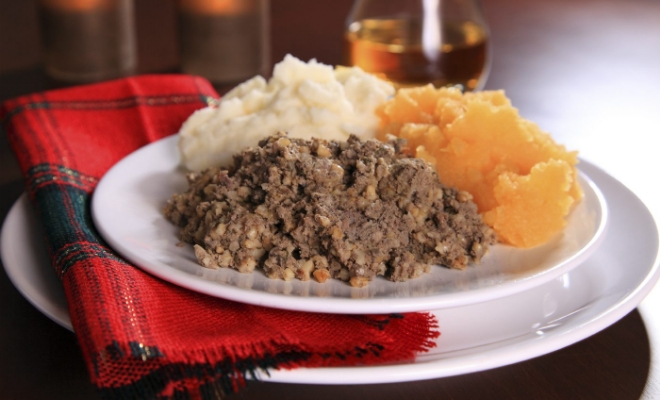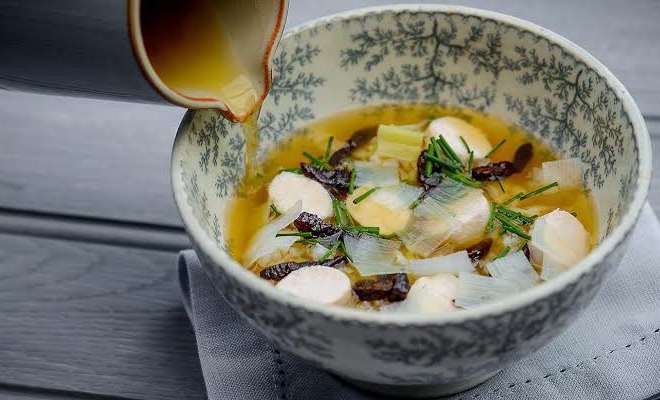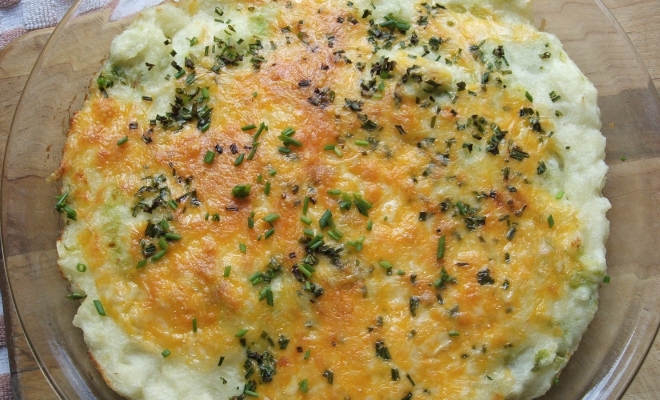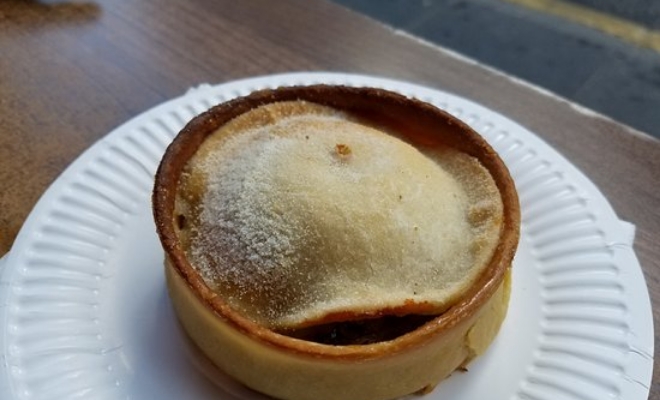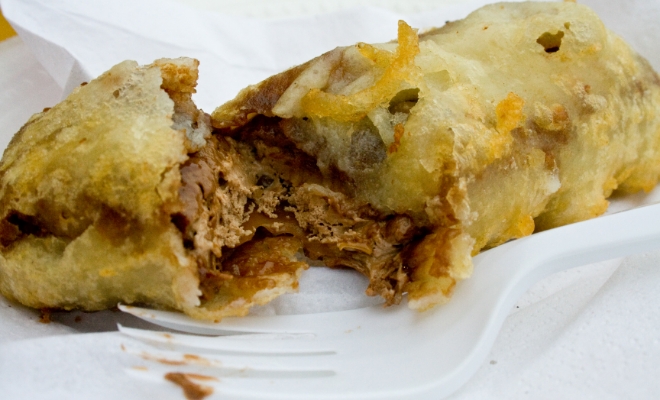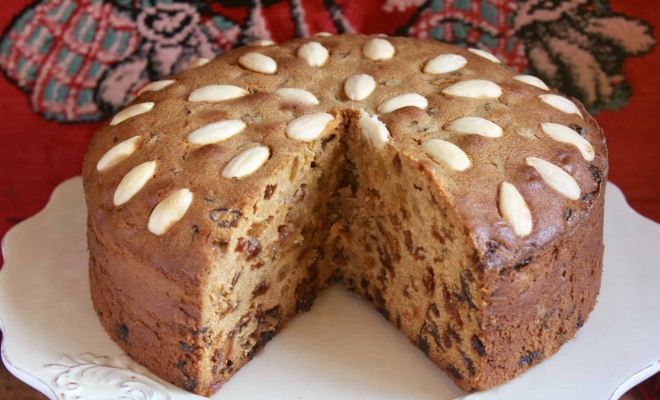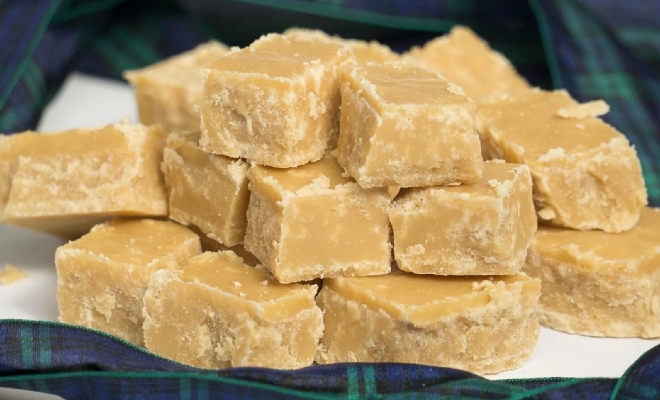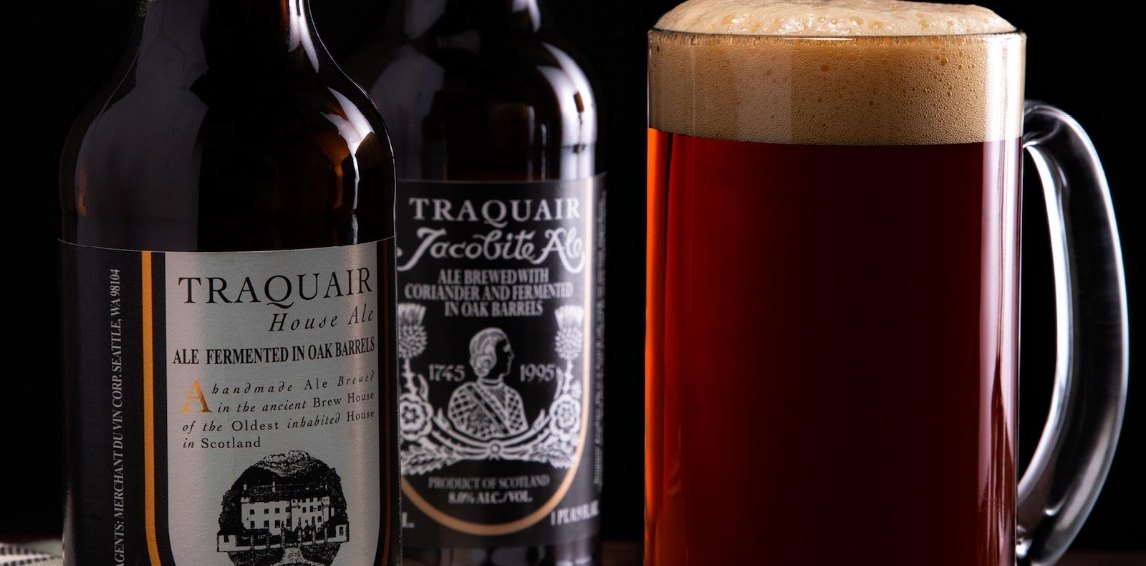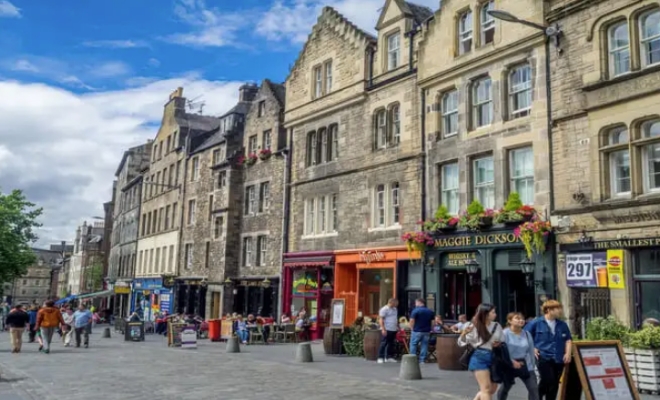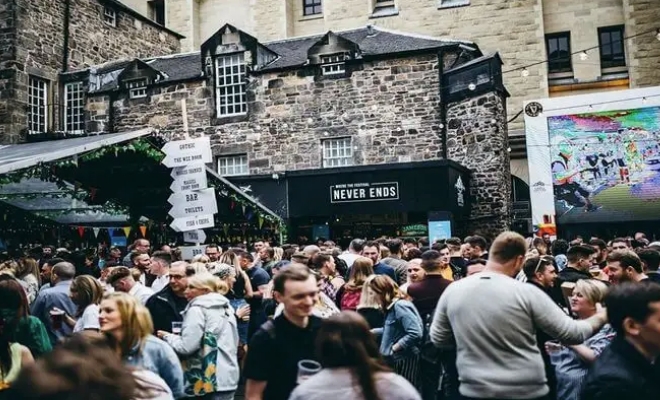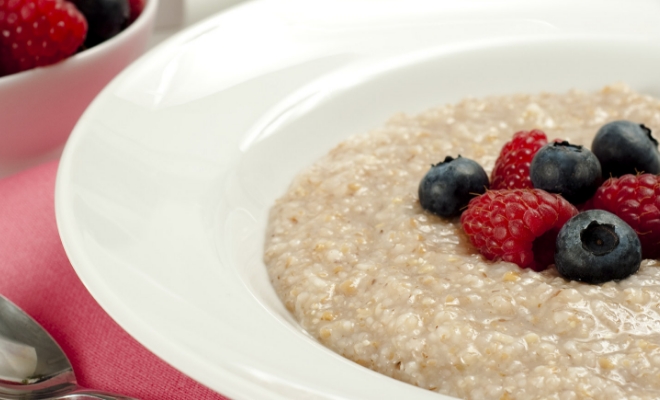
Oat Porridge
If it was good enough for a Highlander, it’s good enough for you! Though oat porridge is not unique to Scotland, this simple breakfast dish of overnight-soaked oats, boiled either with milk or water and traditionally served with salt, has been associated with the place for centuries. Oat cultivation in Scotland goes back at least 2,500 years, according to archaeological finds on the Outer Hebrides.
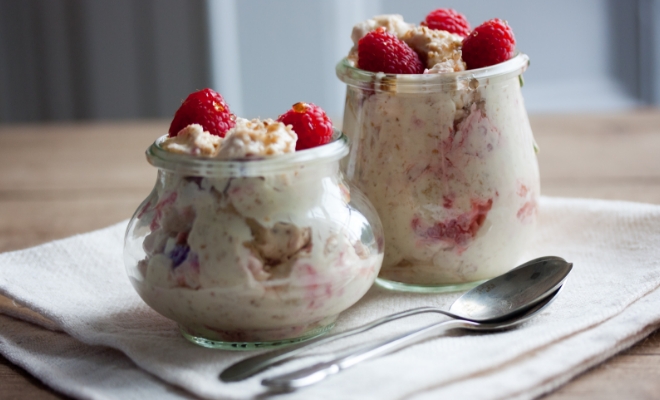
Cranachan
Not a fan of hot cereal, then you may prefer your oats (either for breakfast or dessert) in one of Scotland’s favorites that makes the most of the ingredients hardy enough to flourish in tough Scottish soil. Cranachan is a layered parfait made of toasted oats, fresh raspberries, double cream – or, traditionally, crowdie (soft, fresh cheese) – honey and a generous splash of whisky. It’s as comforting as a hug from your grandma.
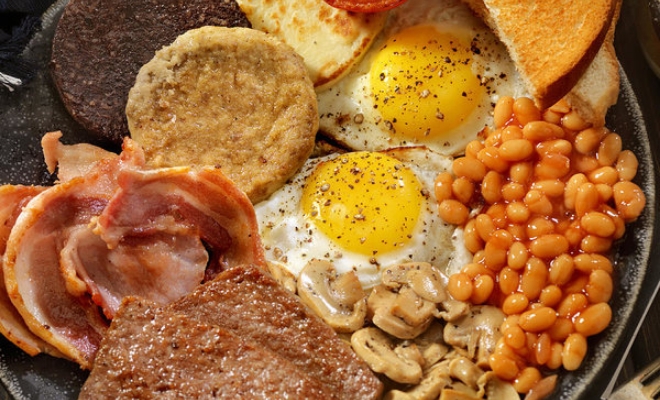
Full Scottish Breakfast
If you’ve ever had a full English breakfast, you’ll find that a full Scottish breakfast also incorporates bacon, eggs, toast, grilled tomatoes and baked beans, but with the wonderful addition of black pudding or white pudding, potato (tattie) scones, and Lorne sausage (a square sausage made of meat, rusk and spices). It cures all that ails you, including the aftereffects of a few drams from the night before – as long as you’re not thinking of doing anything remotely active for hours afterward.
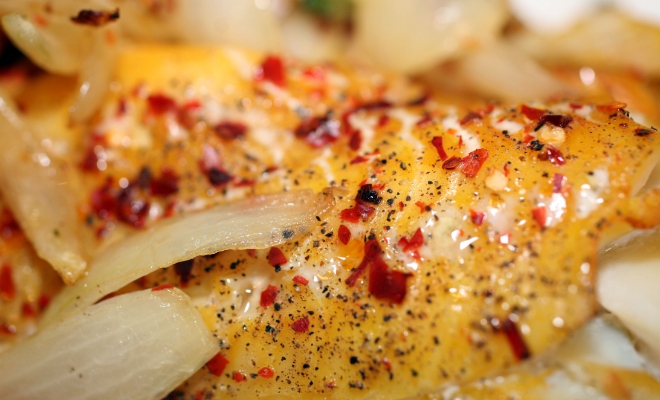
Finnan Haddie
A Finnan haddie goes by a few different names, with Finnan haddock and Finny haddock being two other examples. Not surprisingly, this breakfast dish consists of smoked haddock. The method of smoking is relevant too, as a Finnan haddie relies on peat and greenwood in the smoking process. This creates a distinct flavor. When served for breakfast, Finnan haddie tends to be poached in milk. Often served with a soft-boiled egg.


